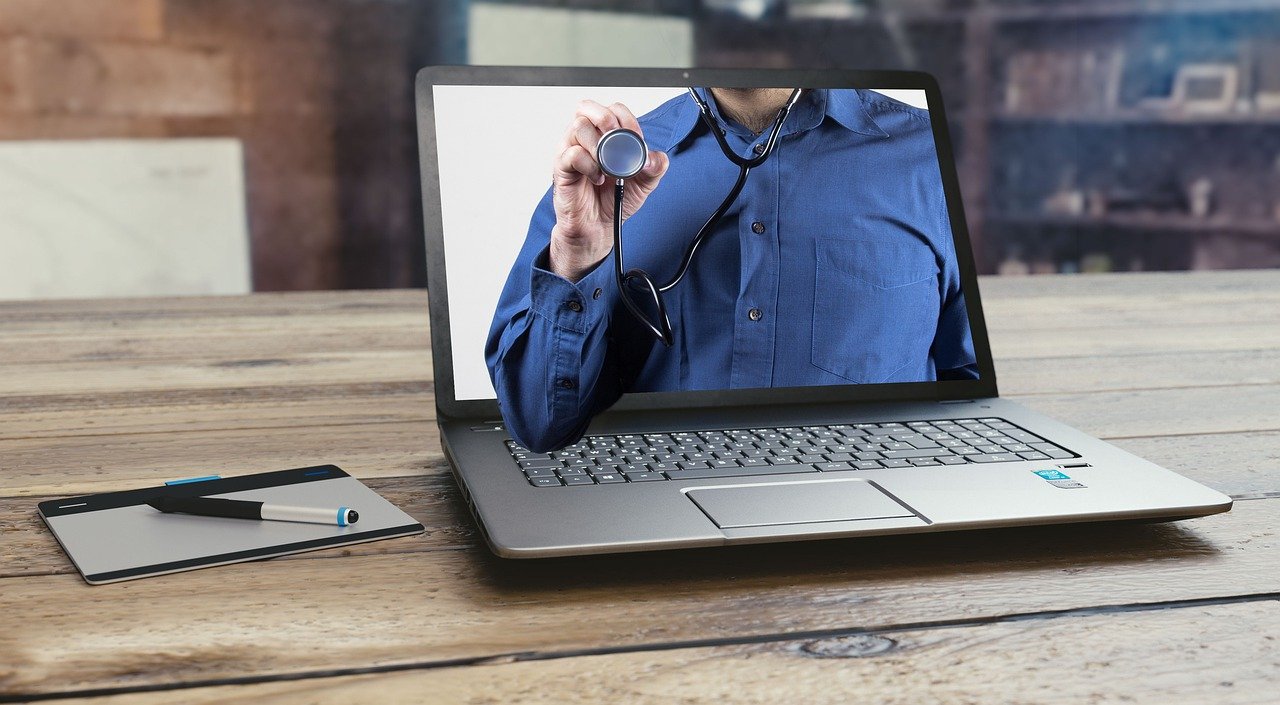Telehealth, sometimes revered to as Telemedicine, has reached a new level of popularity and infrastructure in the wake of COVID-19. As schools transitioned to zoom classrooms so has medicine turned to the virtual world. Nearly any visit or consultation can now be done outside of the doctor’s office.
If it does not require a physical examination or in-office diagnostic testing, you can probably do it virtually. Necessary medical history can still be provided remotely and if any labs or specialists are needed, those referrals can be scheduled online. Even basic health indicators and vital signs can be collected remotely via at home scales and tricks for respiration and heart rate.
Here is a quick list of some situations where Telehealth can be used in place of traditional in-person visits:
- Follow-up appointments: Very often follow-up appointments simply feel like a formality. You go to your doctor and wait in the office just to speak for a few moments and say you are alright. An online visit takes away all the commuting and waiting times while still having you directly speaking with your doctor. Any required medications can most likely be directly sent to your local pharmacy electronically.
- Counseling and Education: These visits do not require physical examinations or diagnostic tools and therefore can be done virtually with little to no changes. Behavioral health services also fall under this category as talk-based therapy does not require hands-on care and so, can be done remotely.
- Health Screenings: Not only does virtual care protect others in the doctor’s office from potential transmission of infection but it can also be safer and easier for individuals like parents of young children or older adults who require cognitive testing. No trip to the office just the comfort of one’s home.
- Rural Specialty Care: Both patients and providers can reach each other across greater distances and those in rural areas are able to receive counseling and consultations quickly and easily.
Insurance coverage of Telehealth varies by policy and company, so it is best to check in with your provider. In terms of necessary equipment on your end all that is required is: good internet connection, video through a smart device or computer, a downloaded communication or information app, and a phone number that can be used as a backup option if video connection is lost. Applications like HiNeo can help you make sure that you have properly filled out any necessary paperwork and check in with your doctor if any other information is required.
Whether Telehealth will continue growing or stay as a case-by-case basis alternative is yet to be known. Some argue that physical human interaction is vital while others point to our world’s growing technological landscape as a sign of evolving practices. A great resource to learn more about Telehealth is the National Consortium of Telehealth Resource Centers (https://telehealthresourcecenter.org/resources/) and some individual U.S. states have uploaded their own information through their Department of Health.


